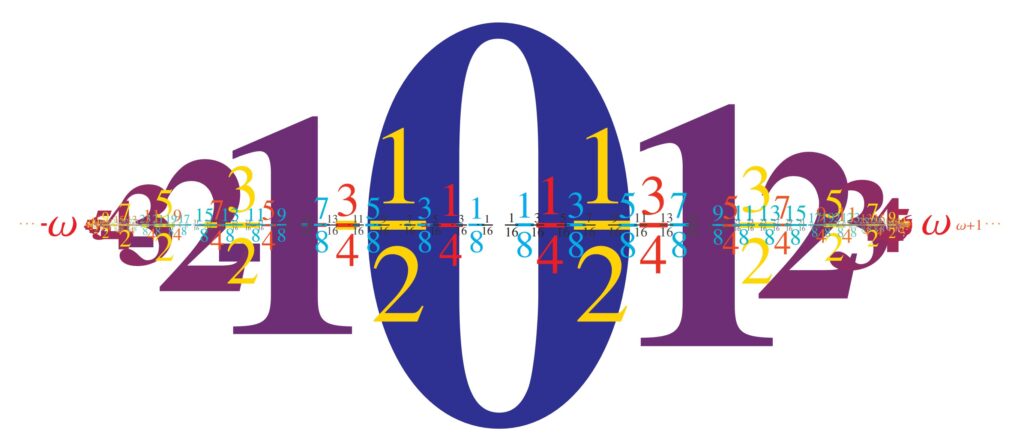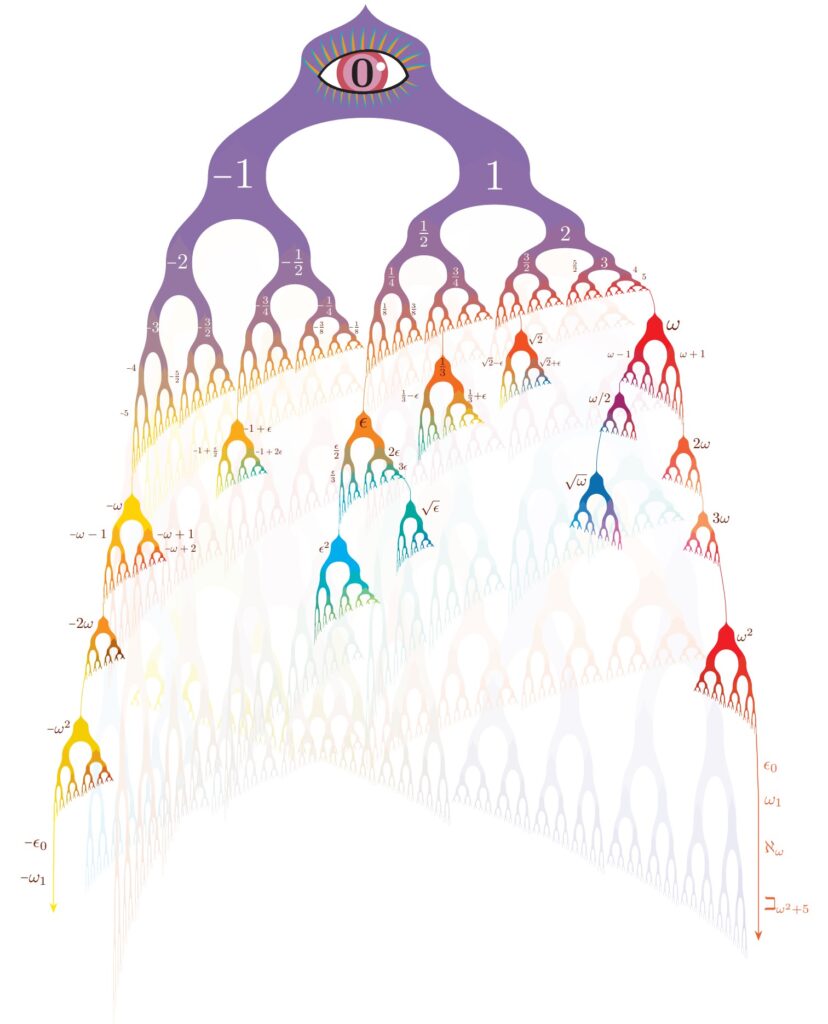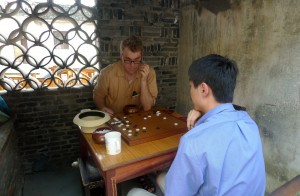This will be a talk for the Rutgers Logic Seminar on November 19, 2012.
Abstract. I will speak on my recent theorem that every countable model of set theory , including every well-founded model, is isomorphic to a submodel of its own constructible universe. In other words, there is an embedding that is elementary for quantifier-free assertions. The proof uses universal digraph combinatorics, including an acyclic version of the countable random digraph, which I call the countable random -graded digraph, and higher analogues arising as uncountable Fraisse limits, leading to the hypnagogic digraph, a set-homogeneous, class-universal, surreal-numbers-graded acyclic class digraph, closely connected with the surreal numbers. The proof shows that contains a submodel that is a universal acyclic digraph of rank . The method of proof also establishes that the countable models of set theory are linearly pre-ordered by embeddability: for any two countable models of set theory, one of them is isomorphic to a submodel of the other. Indeed, the bi-embeddability classes form a well-ordered chain of length . Specifically, the countable well-founded models are ordered by embeddability in accordance with the heights of their ordinals; every shorter model embeds into every taller model; every model of set theory is universal for all countable well-founded binary relations of rank at most ; and every ill-founded model of set theory is universal for all countable acyclic binary relations. Finally, strengthening a classical theorem of Ressayre, the same proof method shows that if is any nonstandard model of PA, then every countable model of set theory—in particular, every model of ZFC—is isomorphic to a submodel of the hereditarily finite sets of . Indeed, is universal for all countable acyclic binary relations.
Article | Rutgers Logic Seminar





 This will be an invited talk for the
This will be an invited talk for the  This will be a short lecture series given at the conclusion of the graduate logic class in the
This will be a short lecture series given at the conclusion of the graduate logic class in the 

